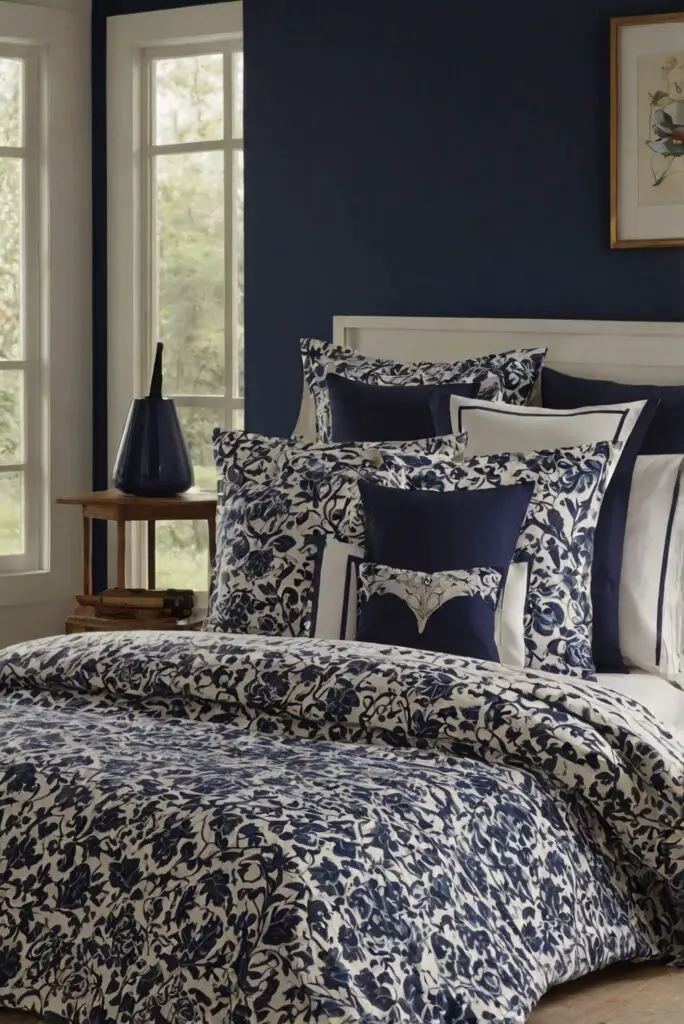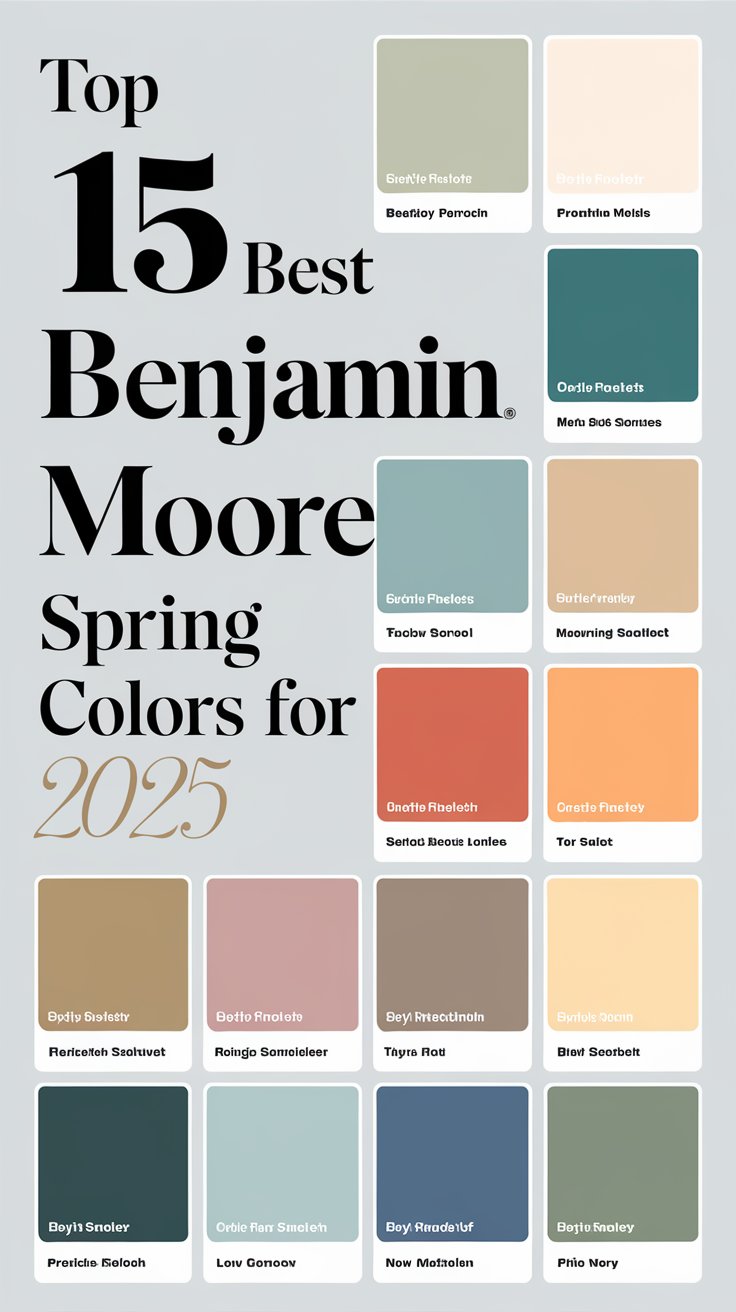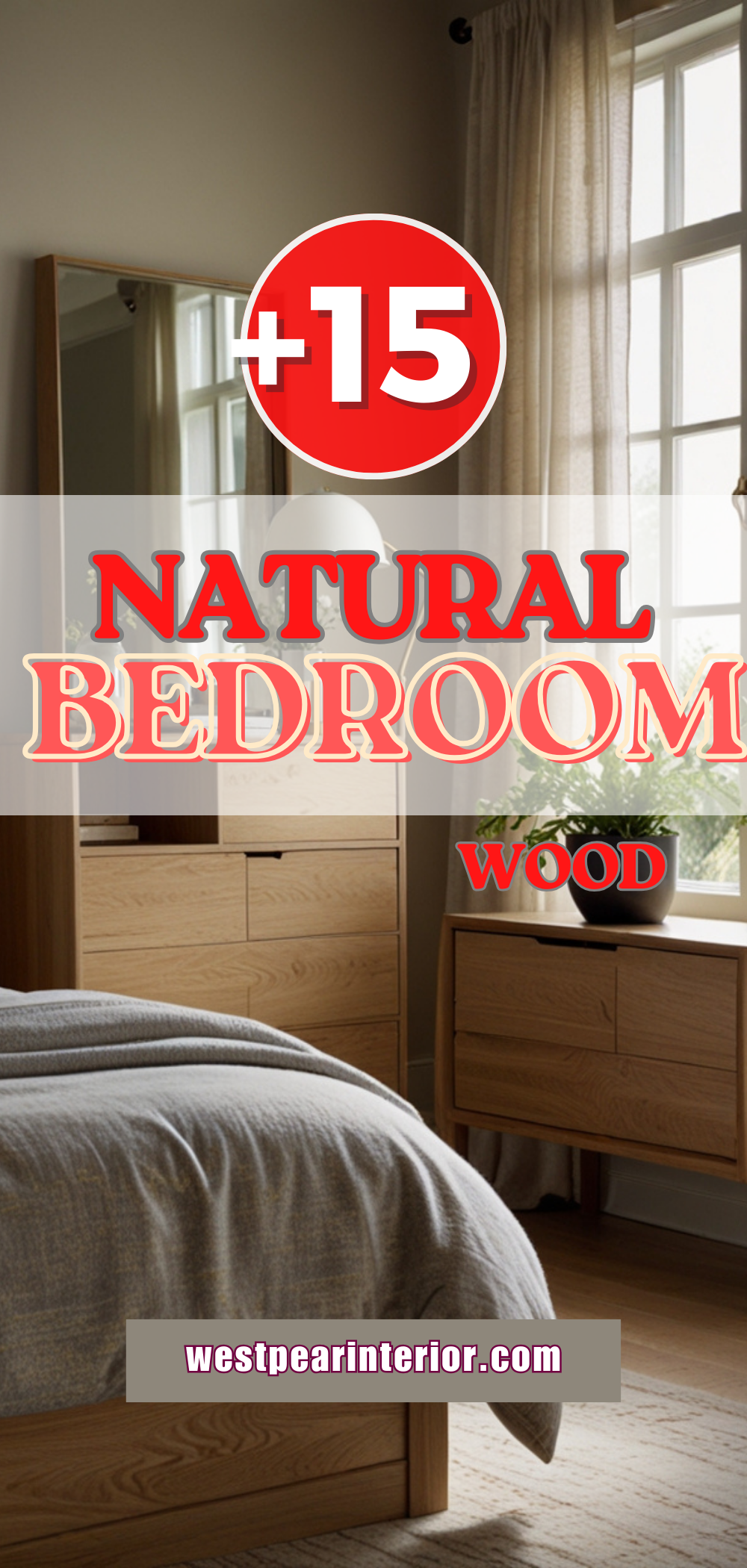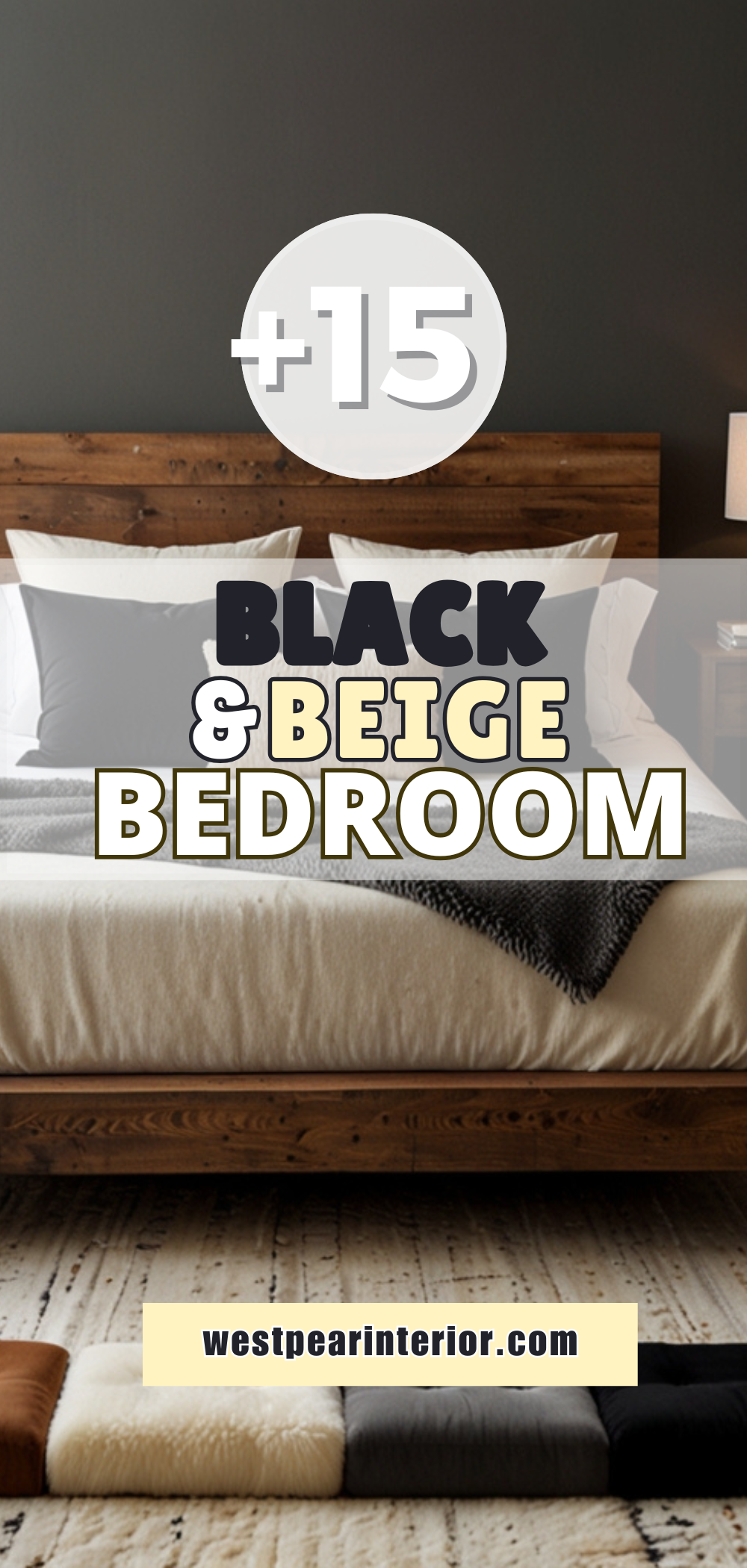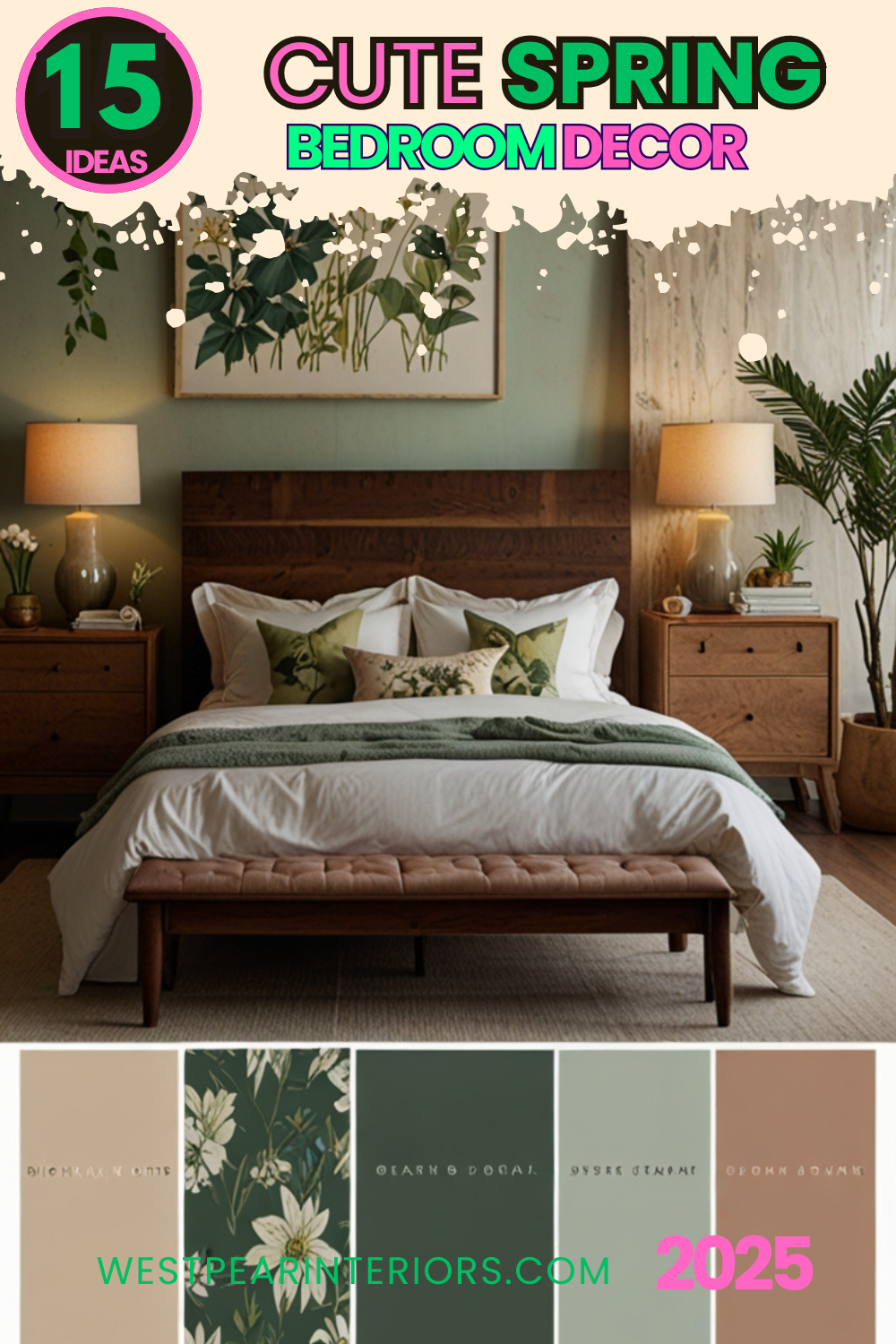Discover the ultimate secret to choosing between solid vs. patterned bedding to transform your bedroom. Unlock your style potential now!
As a daily routine with an interior designer, selecting bedding plays a crucial role in home decorating. When choosing between solid or patterned bedding, it’s essential to consider the overall design scheme of the space. For a more cohesive look, opt for solid bedding if the room already features a lot of patterns in decor elements like curtains or rugs. Alternatively, patterned bedding can add visual interest to a room with a more minimalistic design.
To create harmony, consider matching colors or hues from the bedding with other elements in the room, such as wall paint or decorative accents. This creates a unified look throughout the space. Additionally, maintaining an organized approach when selecting bedding helps in achieving a well-balanced and polished interior design. Partner with designers for expert advice on space planning and color matching for a well-coordinated look.
How can I choose the right color scheme for my bedding to match my room decor?
My Lovely Spring Paint for 2025
Ready for a Spring Makeover? Explore the Freshest 2025 Paint Trends!
White Sage/Green SW Pistachio green Soft blue Honeysweet/Orange Pink Sugar Sage Tint BMAs an Amazon Associate, I may earn a commission from qualifying purchases at no extra cost to you.
When selecting a color scheme for your bedding to complement your room decor, consider the existing color palette of the room. If your walls are painted in a neutral color like white or beige, you have the flexibility to choose bold and vibrant bedding colors for a striking contrast. However, if your walls are already painted in a strong color, opt for bedding that either complements or contrasts with this hue. It’s essential to maintain a visual balance in your room by not overwhelming it with too many conflicting colors. Creating a color scheme mood board can also help you visualize how different colors will work together before making a final decision.
What are some popular patterns for bedding that are currently trending?
Geometric patterns, such as chevron, stripes, and polka dots, are currently trending in the realm of bedding. These patterns add a modern and stylish touch to any bedroom while also providing versatility in terms of coordinating with different decor styles. Floral patterns are timeless and can infuse a room with a sense of elegance and tranquility. If you prefer a more minimalistic look, opting for subtle patterns like herringbone or subtle stripes can add interest without being too overwhelming.
Can I mix and match solid and patterned bedding for a cohesive look?
Mixing solid and patterned bedding can create a visually dynamic and cohesive look in your bedroom. To ensure a balanced aesthetic, select one dominant pattern and complement it with solids or smaller-scale patterns. For example, pair a bold floral duvet cover with solid color pillow shams and sheets to prevent the overall look from becoming too busy. Mixing textures, such as a quilted coverlet with a printed duvet, can also add depth and interest to your bedding ensemble.
How do I know which bedding material is best for me?
My fAV Spring DECOR for 2025
Discover Spring’s Best 2025 Decor Combinations – Perfect for Any Room!
Oversized Indoor Plants White Curved Sofas Rugs BOH Brown Cream Moroccan Hype Boho Rug Outdoor Patio Furniture Sets Topfinel Pillow CoversAs an Amazon Associate, I may earn a commission from qualifying purchases at no extra cost to you.
When choosing bedding materials, consider factors such as your personal preferences, the climate of your region, and any allergies you may have. Cotton bedding is a popular choice due to its breathability, durability, and versatility. If you tend to sleep hot, opt for natural materials like linen which are lightweight and moisture-wicking. For colder climates, flannel or microfiber bedding can provide extra warmth and coziness. It’s essential to invest in high-quality bedding materials for a comfortable and restful sleep experience.
What alternative bedding options are there for those who prefer not to use traditional comforters or duvets?
If traditional comforters or duvets are not your preference, there are alternative bedding options to consider. Quilts offer a lightweight and decorative bedding option that can be used on its own or layered for added warmth. Coverlets are another excellent choice for those seeking a minimalist look, as they provide a simple and tailored appearance. Blankets or throws can also be used as standalone bedding options for a cozy and casual feel. Consider mixing and matching these alternatives to create a unique and personalized bedding ensemble.
How can I keep my bedding organized and looking neat in my bedroom?
To keep your bedding organized and looking neat, consider utilizing storage solutions such as under-bed storage bins or baskets to store extra blankets, pillows, or seasonal bedding. Invest in a bed skirt or storage bed frame to hide any clutter underneath your bed and create a streamlined look. Regularly rotate and wash your bedding to maintain its freshness and longevity. Using decorative pillows or a throw blanket at the foot of your bed can also add a stylish finishing touch while keeping your bedding looking polished and inviting.
Are there specific paint colors that complement solid or patterned bedding better?
When selecting paint colors to complement your bedding, it’s essential to consider the color tones and intensity of your bedding. For solid bedding in neutral tones, you have the flexibility to experiment with bold or subtle paint colors. Soft pastel hues like pale blue or lavender can create a calming and harmonious backdrop for both solid and patterned bedding. If your bedding features bold patterns, opt for a more neutral wall color to allow the bedding to be the focal point of the room. Consider painting an accent wall in a coordinating color from your bedding for a cohesive and visually appealing look.
Key Takeaways:
– When choosing a color scheme for your bedding, consider the existing colors in your room and aim for a visual balance.
– Popular bedding patterns include geometric designs and timeless florals for a modern or elegant look.
– Mixing solid and patterned bedding can create a cohesive and dynamic aesthetic in your bedroom.
– Select bedding materials based on personal preferences, climate, and allergies for optimal comfort.
– Explore alternative bedding options such as quilts, coverlets, and blankets for a unique and customized bedding ensemble.
– Utilize storage solutions and decorative accents to keep your bedding organized and looking neat in your bedroom.
– Consider coordinating paint colors with your bedding to create a harmonious and visually appealing bedroom decor.

